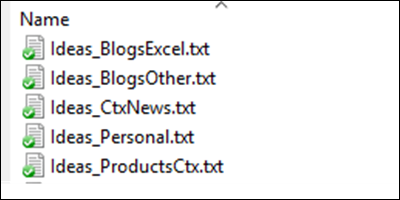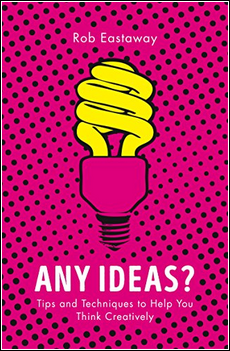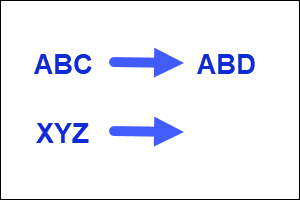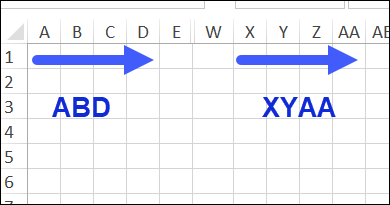January is a great time to try something new – for yourself and your business. It’s the start of a new year, and you’re probably finishing up a fiscal year, and reviewing last year’s results. Even if things are going well, it’s good to inject some fresh ideas into your business plan. Are you trying any new ideas this year?
Business Goals
I don’t make New Year’s resolutions, but I set business goals at the start of each year. This year, I want to create at least one new Excel product, and already have a few things in mind.
If you have lots of ideas for your business, how do you keep track of them? In the old days, I jotted ideas down in a paper notebook, or on scraps of paper. Every now and then, I’d browse through those notes, and see if any of them were worth pursuing.
Tracking Ideas
These days, I create text files with Notepad++, and jot down my ideas there. There are a few broad categories, so I open the applicable file, and type in the date, and the idea.
Occasionally, I’ll open one of those files, when I’m trying to come up with a blog topic, or an idea for a new product or a product update.
It’s amazing how quickly you forget all of those great ideas that you jotted down! Most of them seem like new ideas, when you look at them again.
And some of them now seem like bad ideas, so you can delete them, or add a note explaining why it’s a bad idea.
Generating Ideas
Sometimes you need help coming up with new ideas, especially if you work on your own. Long ago, someone I worked with was a big fan of the Edward de Bono book, Six Thinking Hats. I read parts of that, but don’t remember being wowed by it.
So, I checked the online library, and found Any Ideas?, by Rob Eastaway, which I’ve been reading this month.
It’s been fun to read, with a few exercises that you can try, to get your creative brain working. The first exercise only takes a minute, and you have to come up with different ways to use a common object (it’s something that you’d have in your office).
Another Creativity Exercise
One of the other exercises was simple, and the author listed a few of the responses that people had given. You might enjoy one of them, shown below.
First, here is the question, and there’s no right or wrong answer.
- If ABC goes to ABD, then what does XYZ go to?
Think of your answer, before you read any further.
Solutions
My first thought was XYA, but I looked at it a little longer, and decided to go backwards instead, with WYZ.
Apparently 70% of the people went with XYA, and the author listed some of the other responses: XY1, XYD, XY, and my favourite – XYAA
Why did that one person say XYAA?
She was an accountant.
Now I have to go and finish the book, and see if it helps with creative thinking. If not, at least it’s been an entertaining book to read.
______________________________
Keeping Track of Your Ideas
______________________________








I initially went with XYA, but then I thought A was going back to the beginning, and we all know AA comes after Z. So I changed to XYAA.
You’re a genius! I don’t know why that didn’t pop into my head too.